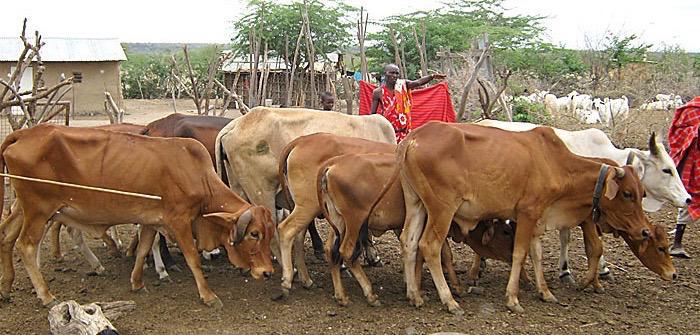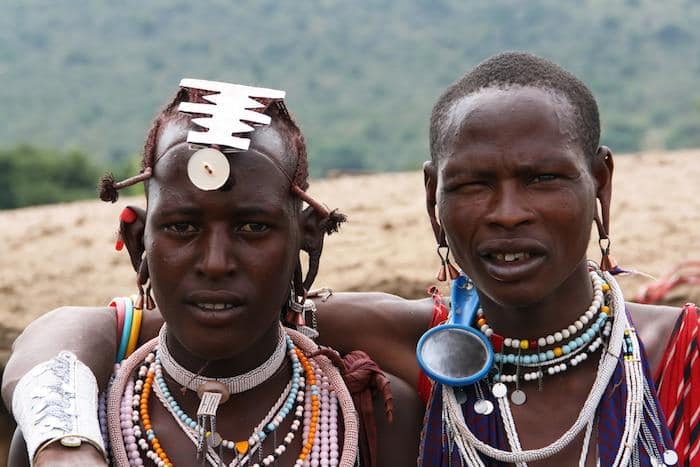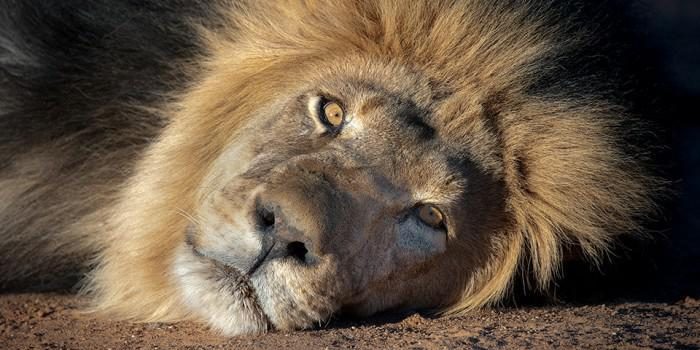We live in a time where ancient cultures are fast disappearing and are a true privilege to encounter. Very rarely can one experience an authentic tribe, and it is this that sets the safari experience in Kenya apart from the rest of Africa. Even more fascinating than encountering the ancient customs of two of the most renowned African tribes – the Maasai and the Samburu – is seeing firsthand how these tribes are developing modern conservation-based customs, and changing the nature of travel to their wild corner of the world.

Both the Maasai and the Samburu are Nilotic tribes, having originally descended from the ethnic groups of the Nile Valley, and settling in East Africa. We all know the Maasai and the Samburu as colourful people adorned with beads, who jump astoundingly high, who thrust their necks back and forth when they chant deep and rhythmic sounds, who are famous warriors wielding spears while herding their cattle – the basis of their livelihoods, food source and wealth. But the unsung story of the Maasai and the Samburu is how they are willfully adapting their traditional lifestyles, without compromising their cultural heritage, and are on the forefront of community tourism and community conservation in Africa.

The Mara, as we know, has the highest density of plains game and predators of any wilderness in the world, and is home to the most thrilling natural spectacle on the planet – the Great Migration. With the Mara attracting huge tourism inflow over the past few decades, there has been increasing pressure on the land. This immense grassland has been the ideal grazing ground for the Maasai’s cattle until very recently. Now, the Maasai are adapting to modern times, handing over their ancient grazing land for conservation and starting to practice responsible and sustainable grazing methods, while keeping their culture, which is centered around their cattle, in tact.

A similar story is unfolding further north, among the Maasai’s relatives, the Samburu tribe. Northern Kenya is an arid, harsh and incredibly vast environment. In such difficult living circumstances, the Samburu people adapted brilliantly, coexisting with the wildlife and wilderness. But the ancient way of life for the Samburu is also facing change as more and more land is being set aside for conservation, and tourists visit the area to experience the wildlife and the unending, pristine wilderness.

Tourism to Africa is reliant on conservation – travellers come to experience wide-open wilderness and incredible wildlife. Now, the communities themselves who have lived among the wildlife for centuries are seeing the benefit of protecting both the wildlife and the land. Community conservancies are being set up across Kenya, normally bordering or surrounding a National Park to increase the protected conservation land and wildlife habitat. Together, the managing conservation body and the community who live on the land are implementing sound land management policies including controlled grazing, anti-poaching, low volume, high return and low impact tourism which acts as a job creator. Visitors to these protected areas pay a conservancy fee, and for the first time, communities are receiving substantial and direct income from wildlife.
If you want to experience the Maasai, then Campi Ya Kanzi in the Chyulu Hills near Amboseli and Majimoto Eco Camp in the Masai Mara are the most successful community-owned camps in Kenya.





